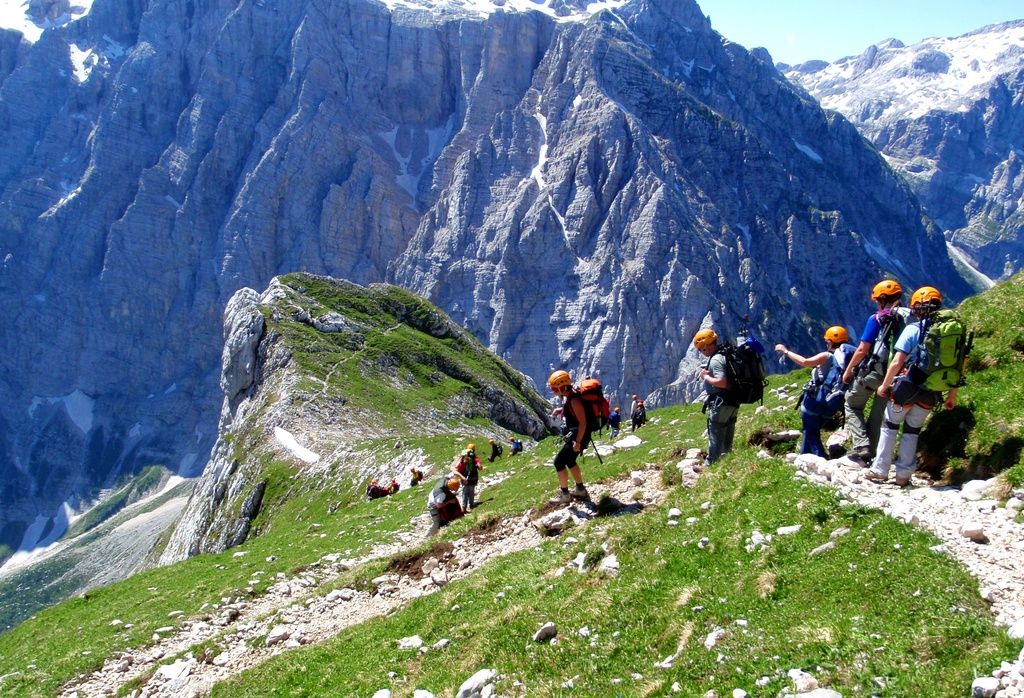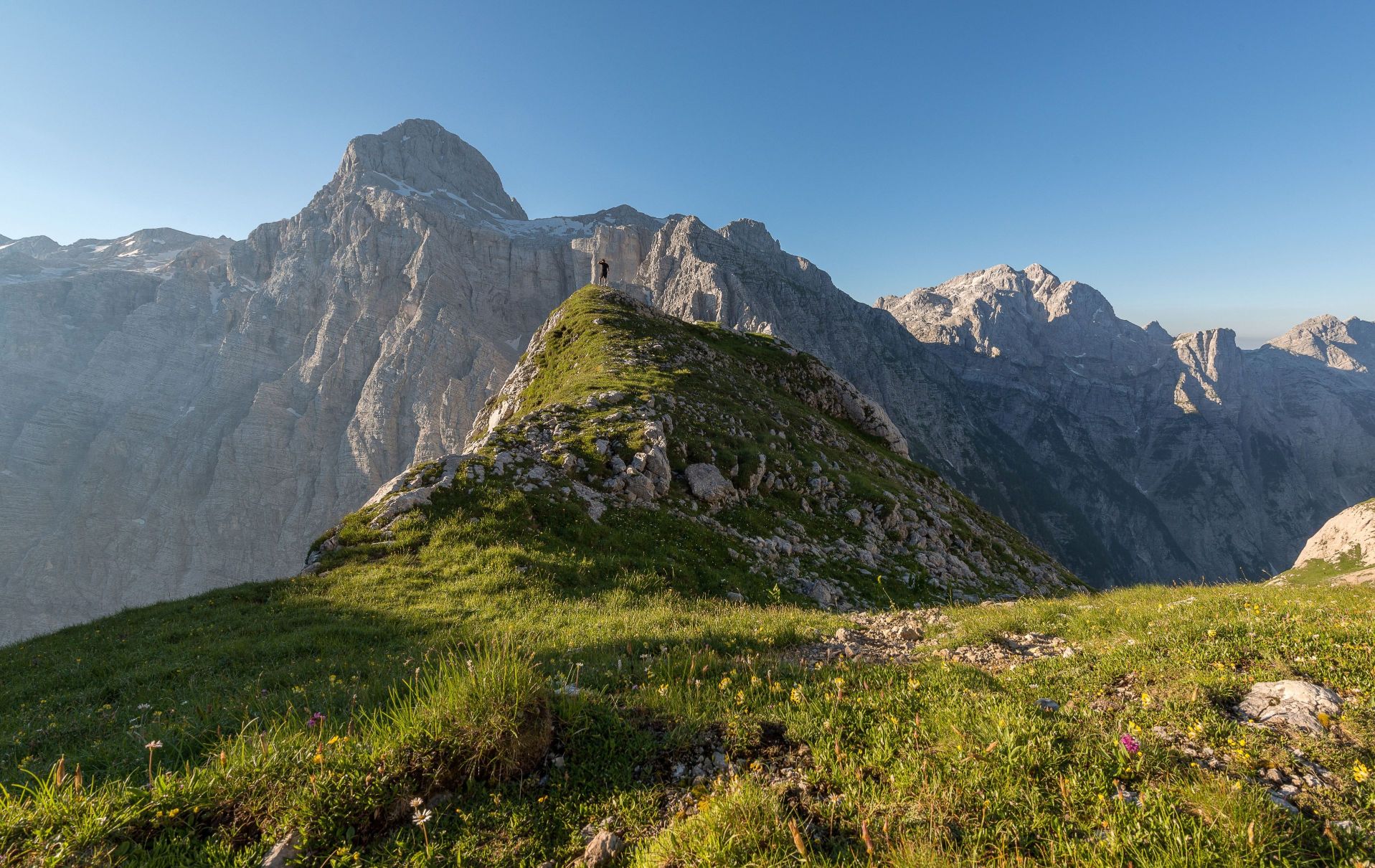
The Julian Alps is one of our favourite places to go hiking in Slovenia. It's a mountain range that stretches all the way from northeast Italy and across the border into Slovenia. The craggy limestone peaks are dusted in snow for most of the year; below them lie alpine meadows, glassy lakes and emerald rivers.
In 2003, UNESCO designated the area as a biosphere reserve. The Julian Alps supports 2900 flora species - some of which are endemic to the area - and is a home to several large predators, such as Lynx, wolves and brown bears.
The Triglav National Park is one of the oldest in Europe and spans mostly the eastern part of the Julian Alps. The highest peak of the range is Mount Triglav (2864m), a national symbol and a challenge for every climber. There are also plenty other 2000-metre-high peaks that make the skyline views really quite remarkable.
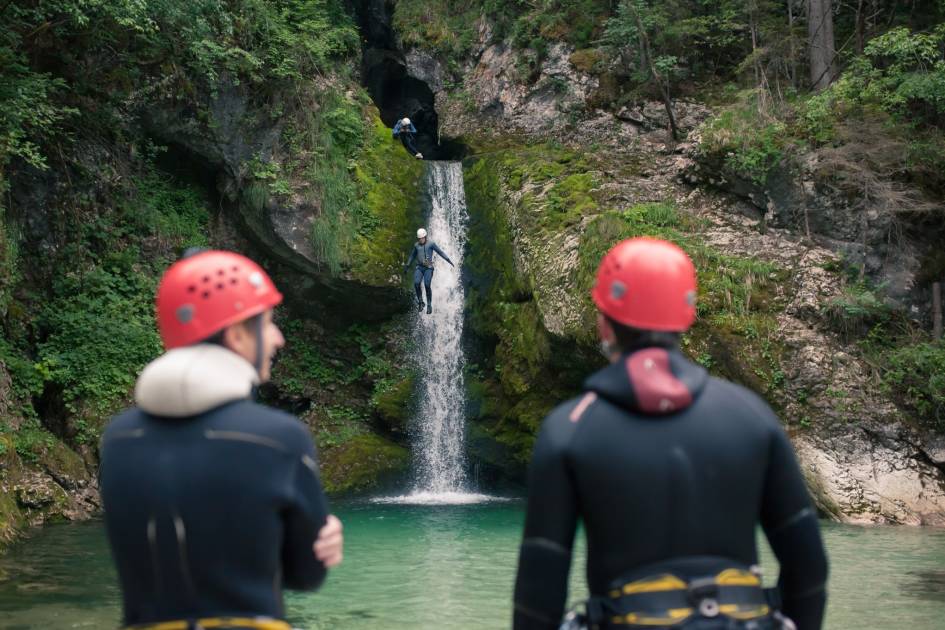
Mountain huts spread all over the range and offer good accommodation and meals for trekkers. The opportunities for hut-to-hut treks in the Julian Alps are countless because of that fact. The most popular ones feature an ascent of Triglav itself, which towers over the surrounding areas. But there are other treks that, aside Triglav, bring you to the most hidden places in the Julian Alps. Here are five of our favourites.
1. The Julian Alps Peak Walk
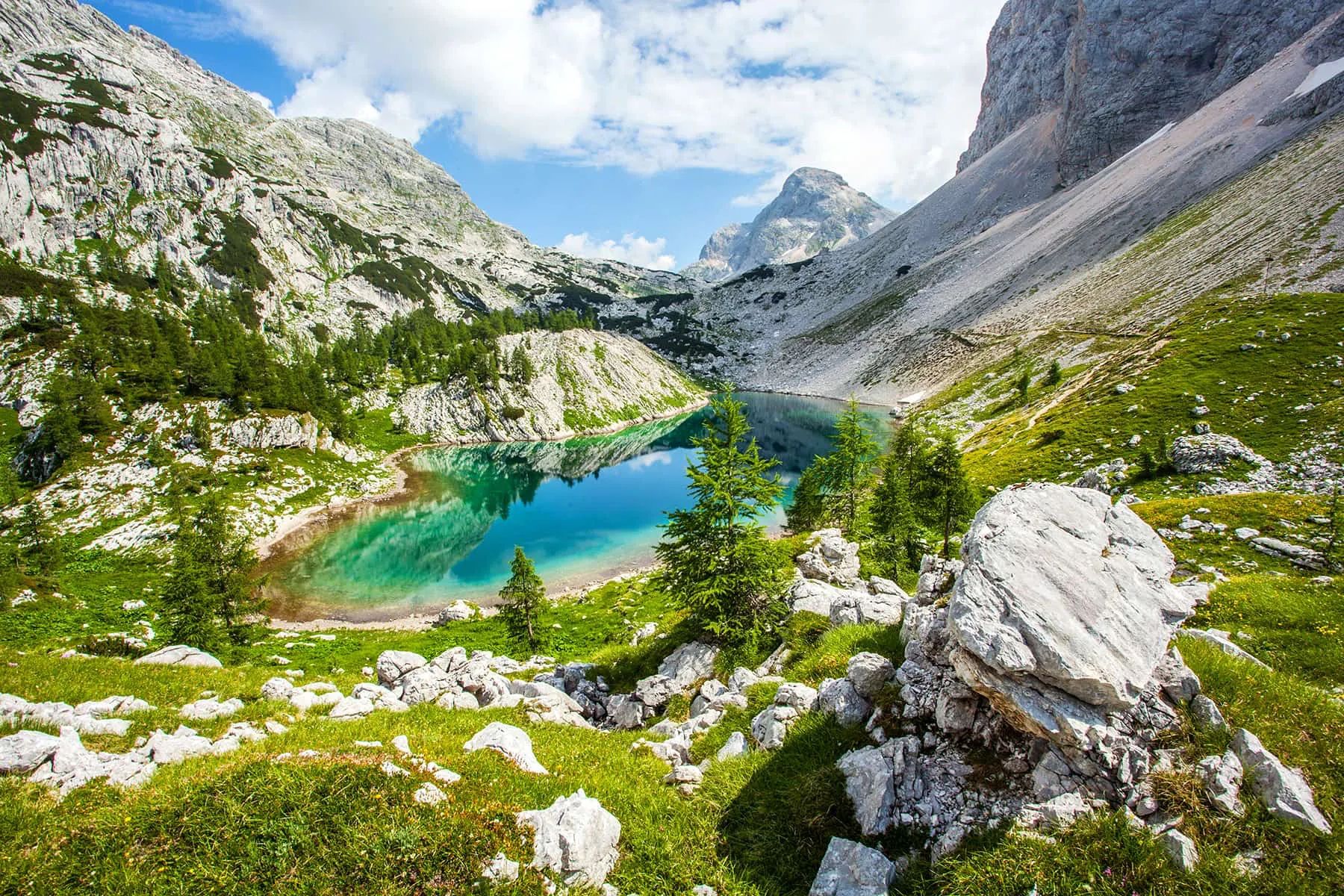
This five-day trek takes you to the most popular places in the Julian Alps, including the famous Bled and Bohinj Lakes. During the first days, the trail passes dense fir forests, verdant mountain pastures, and traditional mountain villages. You’ll get the chance to admire incredible alpine scenery as well as meet local shepherds and cheese makers.
You can climb Mount Triglav, the highest mountain in Slovenian, on the second or third day. This is optional, though. And you should be aware that it involves a 400-metre via ferrata and a narrow ridge equipped with steel cables. The route descends along the scenic Triglav Seven Lakes Valley from the foot of Triglav. It eventually reaches the slopes overlooking the Bohinj Lake – the largest lake in Slovenia.
You sleep in mountain huts or small shepherd cottages during the trek. You’ll also eat typical Slovenian food, and taste homemade honey brandy or blueberry schnapps (borovnica). The trek requires a reasonable fitness level. There’s around six to seven hours of walking and 1000 metre ascents daily.
2. A Circuit on the North Face of Triglav
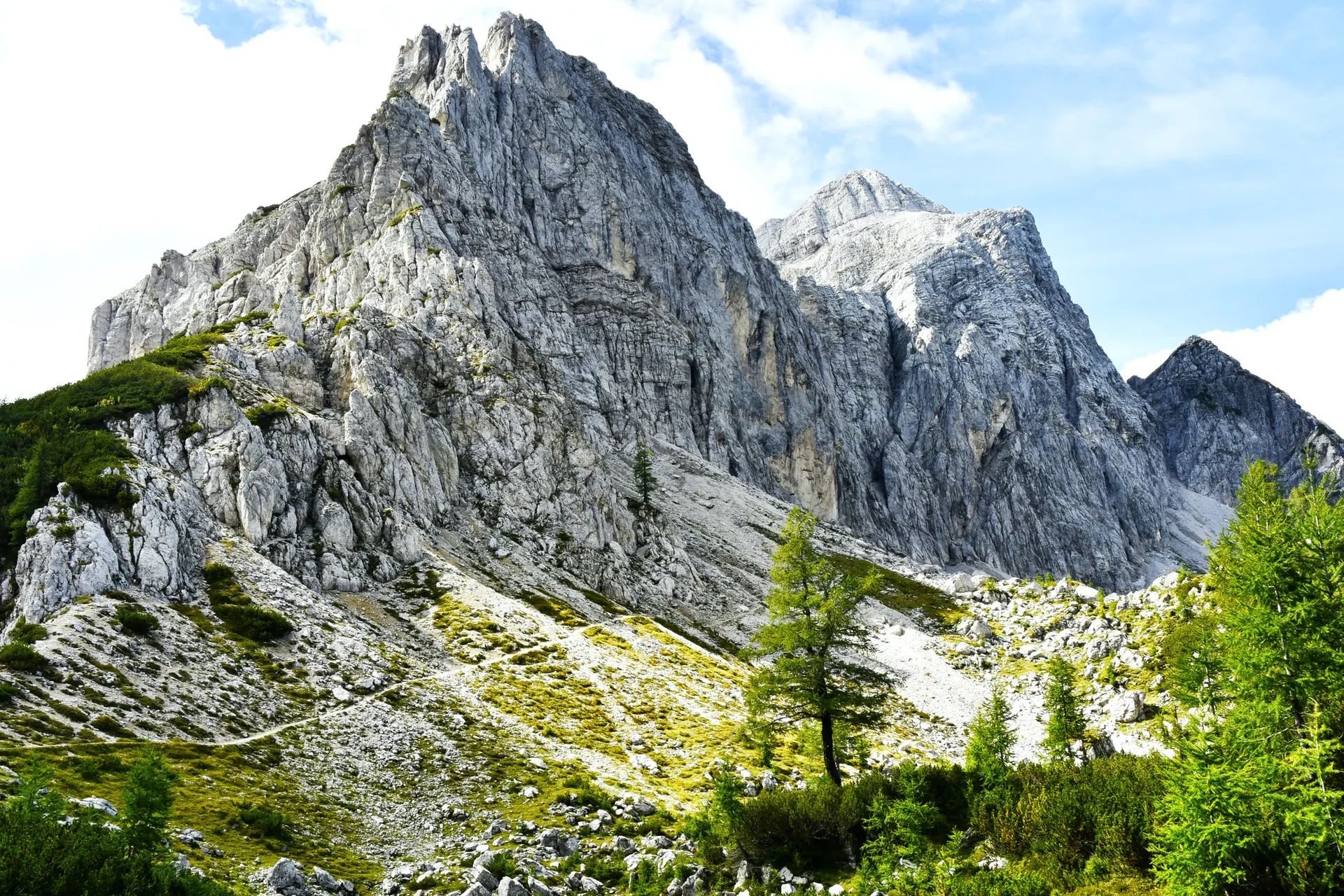
The north face presents the most difficult, challenging, and impressive routes to the top of Mount Triglav. This is often simply called ‘The Wall’. It’s a huge 1000-metre high, 3000-metre wide limestone wall. It’s particularly popular with alpinists, being one of the biggest walls in the Eastern Alps. You don’t have to be a rock climber to use it, though. There are a few easier via ferratas that are suitable for a two-day trek (ascending on the first day, and descending on the second). One such two-day circuit on The Wall starts and ends near the Aljažev Dom Hut (1015m), where the amazing North Face stands imposingly at the edge of the Vrata Valley.
The Bamberg Route winds its way up on the right corner of the Wall through narrow glens and abrupt rock cliffs. It is recommended to climb this route only as an ascent. It’s very exposed and includes some pretty vertical sections (all of them safely secured with steel cables).
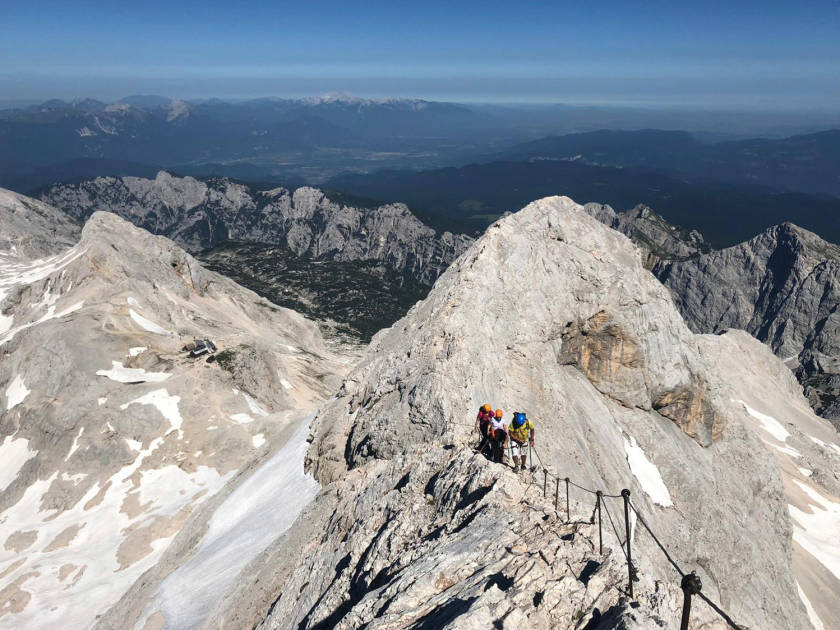
The Čez Prag route is the most popular and easiest via ferrata on the Wall. Because of this, it’s the recommended descent back to the Vrata Valley on day two. The route crosses The Wall on its left side and the most difficult part comes somewhere in the middle – a 15-metre vertical climb with cables and footholds carved into the stone. During this trek, you will sleep in the mountain hut of Dom Krederica (2515m) at the foot of Mount Triglav. The trek is suitable only for very experienced adventurers (especially the section on the first day – Luknja Pass to Triglav).
3. The Julian Alps Haute Route Trek
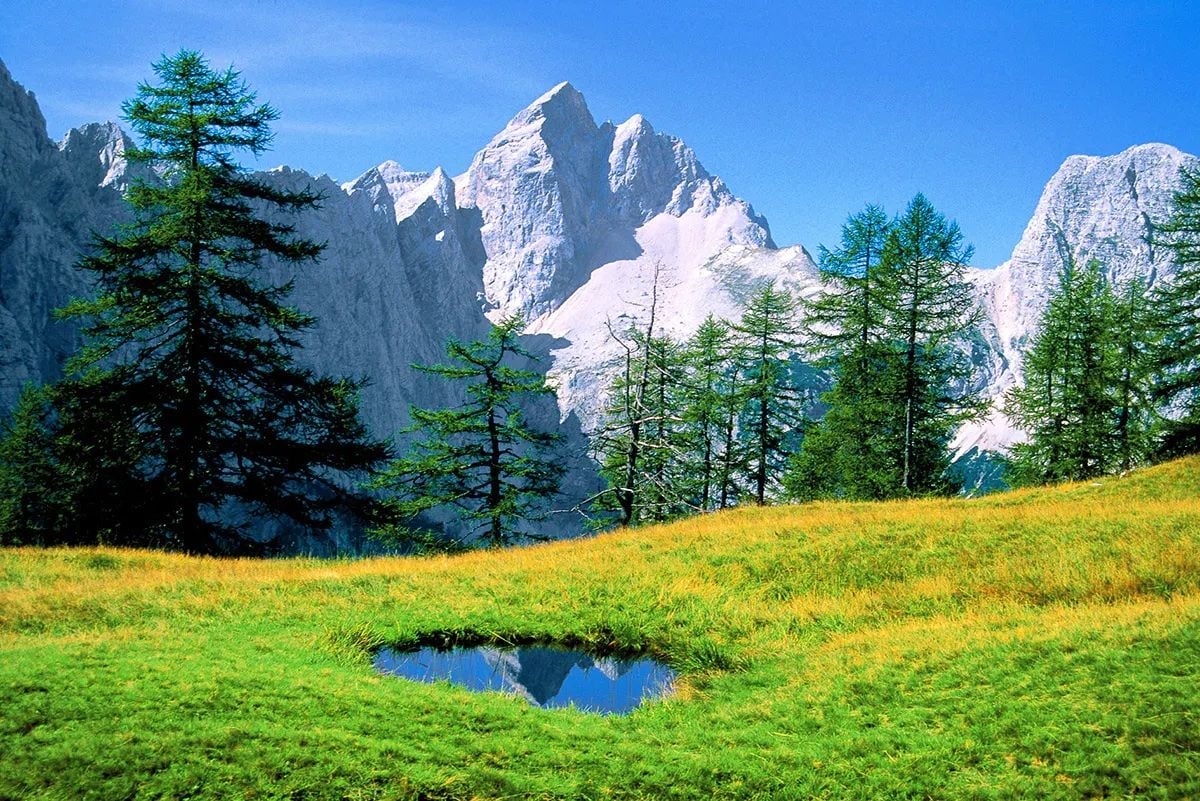
The Julian Alps Haute Route is one of the most popular mountain trails in the Julian Alps. It summits some of the highest peaks of the massif (Prisojnik, Razor, Bovški Gamsovec, Triglav itself, and Prehodavci). The six-day trek starts from the village of Gozd Martuljek village in the Tamar Valley and climbs 2000-metre-high mountains, including Triglav. The trail then descends along the magnificent Seven Lakes Valley to the shores of Bohinj Lake. The route follows varied terrain, from peaceful beech forests and serene glacial lakes to rocky, vertical passages equipped with via ferrata cables.
The most difficult part of the trail is on the third day when you climb Mount Triglav. You need to overcome exposed passages, but you get magnificent and unforgettable views in return. Both mountain huts and budget accommodation are available along the trek, and you find can food and drink too. The trek is really only suitable for very experienced hikers. Especially the section in the second day – Luknja Pass to Triglav. It requires approximately seven hours of walking daily.
4. The Grand Traverse: From the North to the South of the Julian Alps
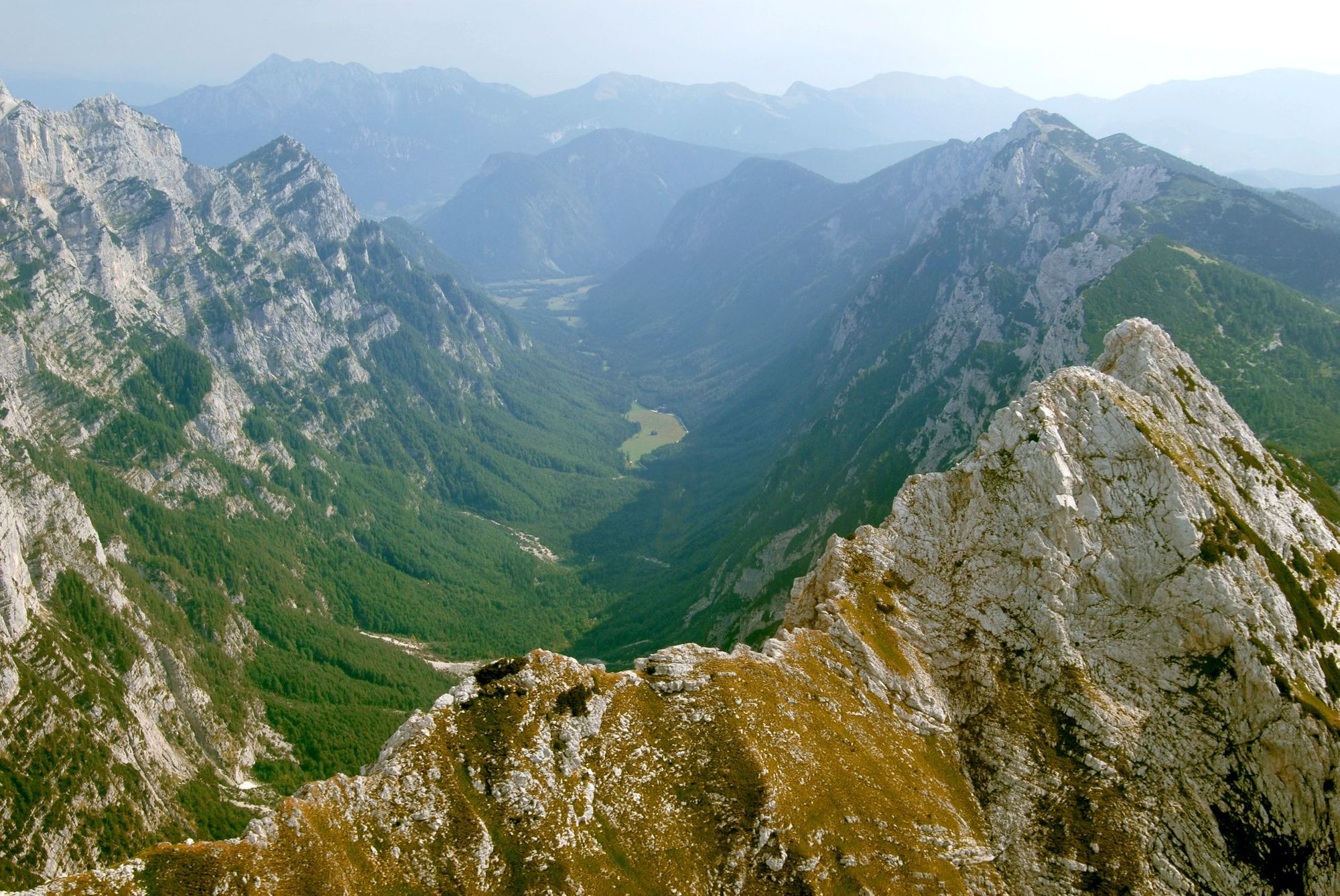
Traversing the Julian Alps from the North (the Sava River) to the South (the Soča River) is a great way to discover the area. This four-day trek starts in Mojstrana or Kranjska Gora and climbs to the foot of Triglav. It does this via the Čez Prag Route or along the Krma Valley. This would be a route for day one. Optionally, though, you can climb Mount Triglav the second day early in the morning, then descend toward Bohinj Lake via the narrow Mostnica Gorges.
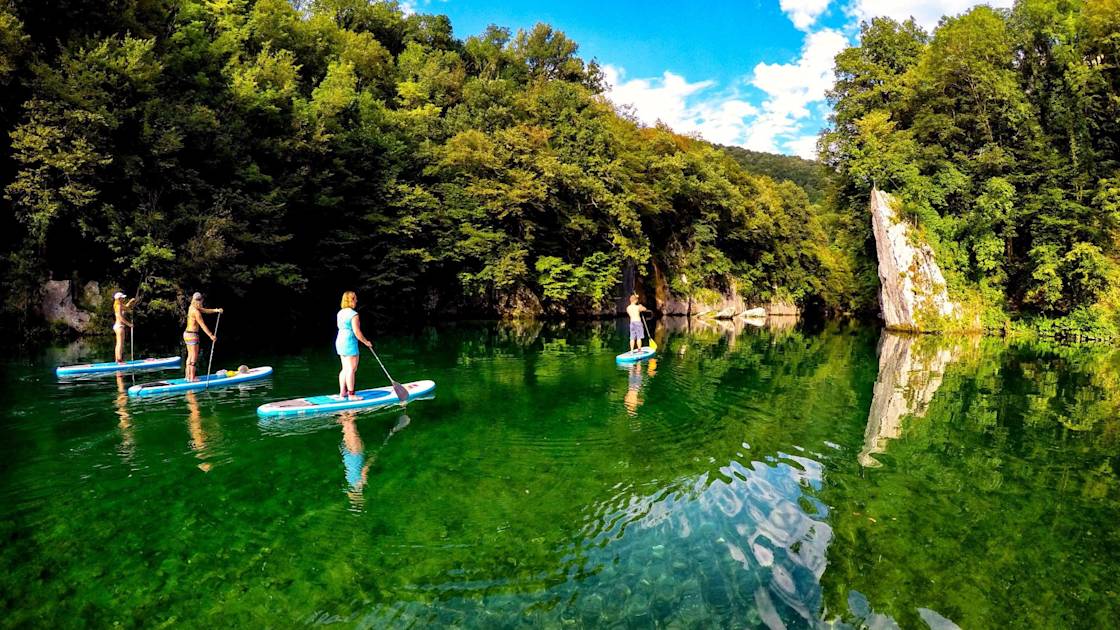
On the last two days of the trek, you get the chance to experience the mountains of Bohinj. Climb or ride the cable car up to Mount Vogel, from where you have panoramic views of the Bohinj Lake. The last descent through the Tolmin Gorges will complete this grand traverse in the small town of Tolmin. During the trek, you sleep and eat in mountain huts or shepherd cottages. You can also experience the process of cheese making in one of the traditional villages near Bohinj.
The trek requires a reasonable fitness level, with six to seven hours of walking daily. But there’s no steep climbs or technical difficulties – unless you decide to challenge yourself to summit Triglav or choose the Čez Prag Route on the first day of the trek.
5. The Walk of Peace
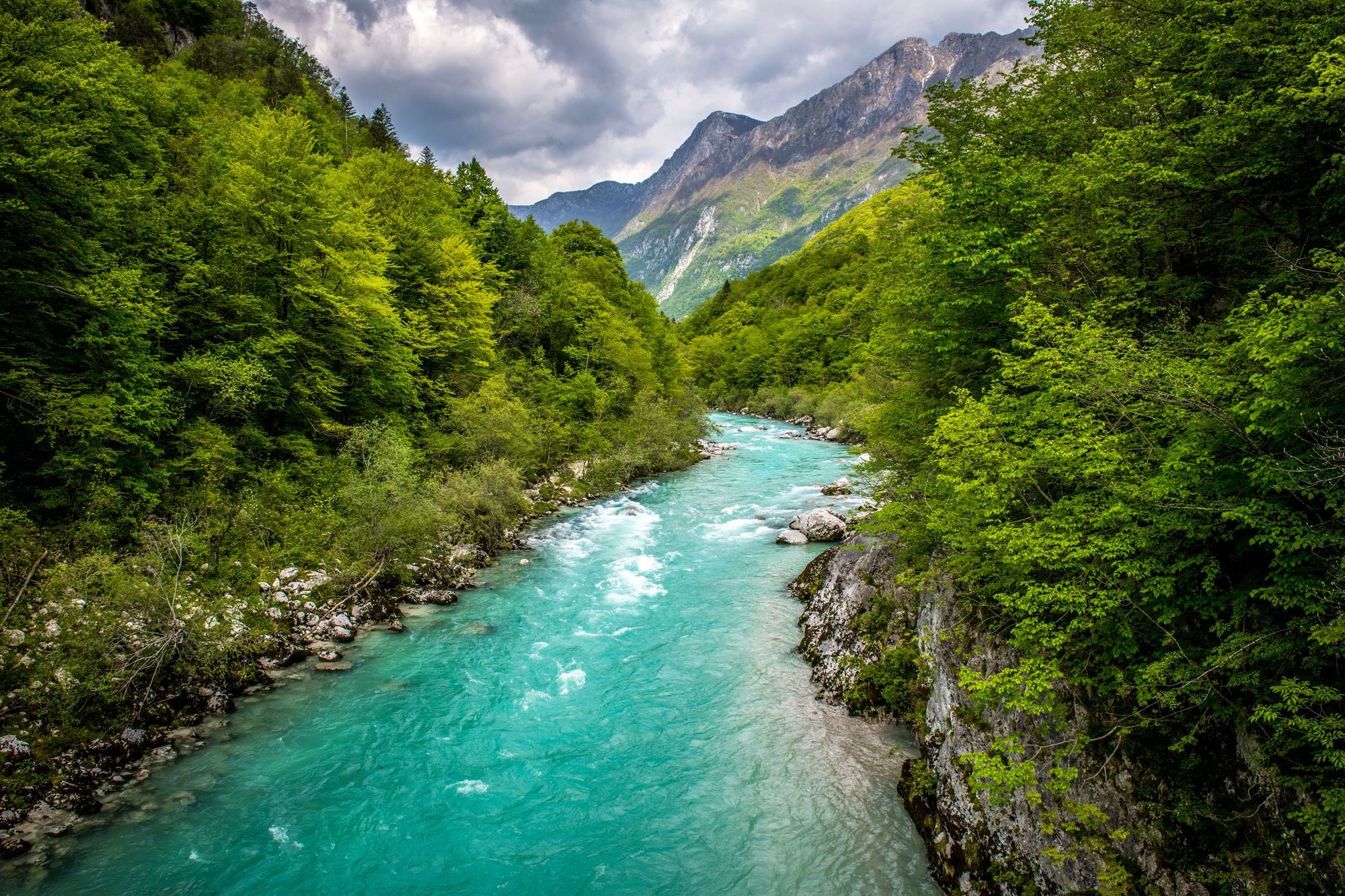
The Walk of Peace connects WW1 heritage sites from the Alps to the Adriatic Sea. All in, it’s a huge 320km and is usually done in 15-20 days. The trail varies in difficulty but each section can also be hiked separately in one day. And there are plenty of notable sights. The trail passes the upper Soča Valley in the Julian Alps – the scene of war battles along the Isonzo Front.

Undoubtedly, this is the most scenic and trekked section. It crosses an idyllic area of the Julian Alps, with alpine scenery and panoramic views. It also runs along the emerald Soča River, through unspoiled nature in medium-high mountains, alpine pastures with sheep and goats, and war trenches and bunkers. The trek is suited for all fitness levels, with around 15-20 km per day of hiking. A range of accommodation and dining options are available en route.
Feeling inspired? Check out our adventures in Slovenia.

